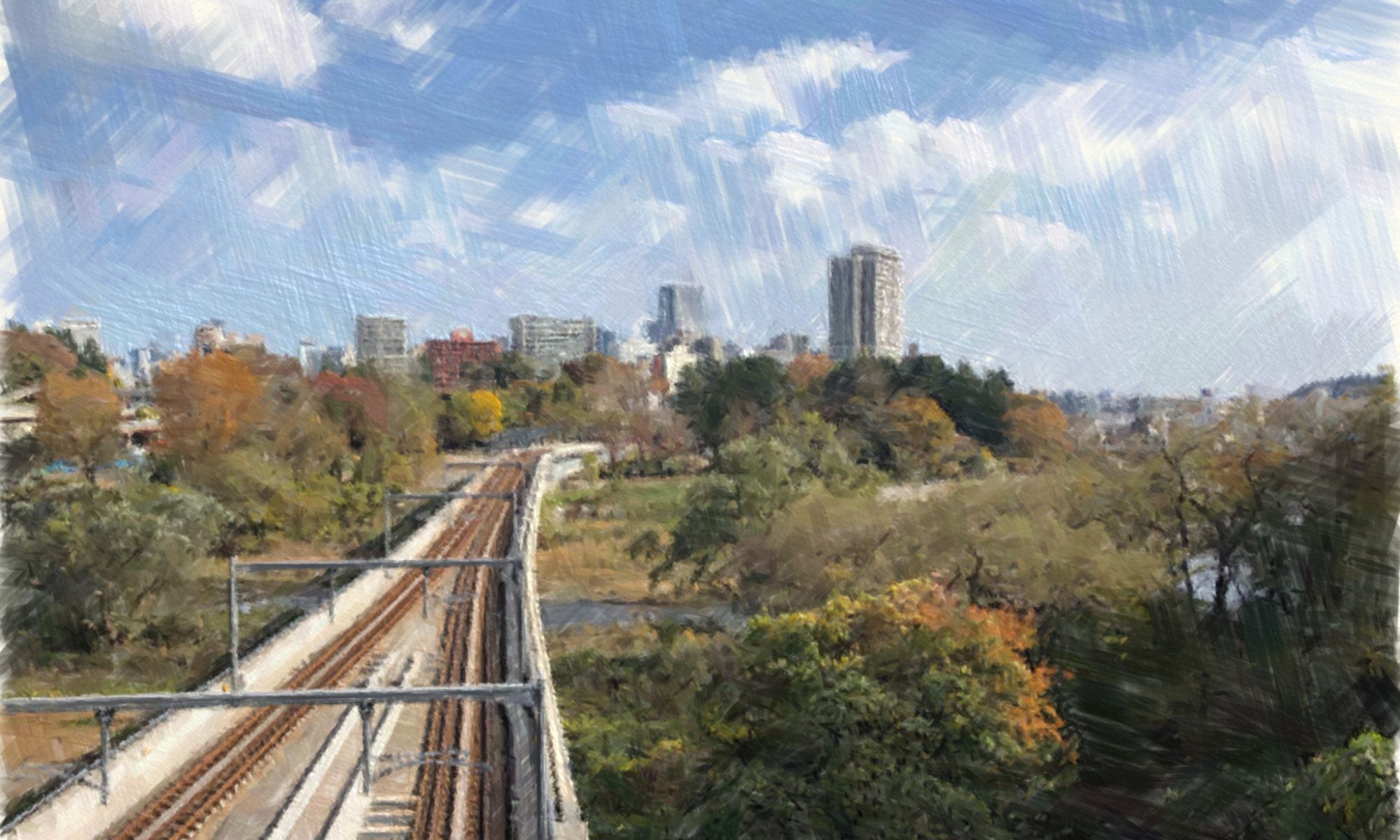Exploring and analysing the social, economic and environmental determinants of happiness and wellbeing
Speaker: Dr Dimitris Ballas
Professor of Economic Geography
Chair, Department of Economic Geography
Faculty of Spatial Sciences
University of Groningen
The Netherlands
Date & Time: 10.30-12:00 17th November 2025
Venue: Lecture Room 1 on the fourth floor of the main building of the graduate school of environmental studies.
No pre-registration is required.
Abstract: This seminar highlights the importance of geographical and socioeconomic contextual factors pertaining to well-being and happiness with a particular emphasis on the impact of social and spatial inequalities and social justice. It also makes a strong case for a spatial economics and economic geography perspective in the analysis of the spatial determinants of happiness, including new innovative ways of geovisualization as well as new possibilities for advanced spatial analysis. The presentation revisits the literature on the economics and spatial economics of happiness (including earlier work by the speaker on ‘what makes a happy city’ see Ballas, 2013 and the Economic Geography of Happiness – Ballas, 2023) with a particular focus on geographical and environmental features. The seminar will also confide the impact of the physical environment and natural disasters as well as the green transition on happiness and wellbeing
References:
Ballas, D, (2013), What makes a ‘happy city’?, Cities, volume 32, s39–s50. https://www.sciencedirect.com/science/article/pii/S0264275113000504
Ballas D. (2021), The Economic Geography of Happiness. In: Zimmermann K.F. (eds) Handbook of Labor, Human Resources and Population Economics. Springer, Cham https://doi.org/10.1007/978-3-319-57365-6_188-1
Related event: Islands as Lighthouses for Sustainability
今年はギリシャと日本の国交125周年記念なのだそうです。それと関連づけられたイベントのために来日したDimitrisが来学する機会を得たので、松八重研と共同でセミナーを開催することにしました。




